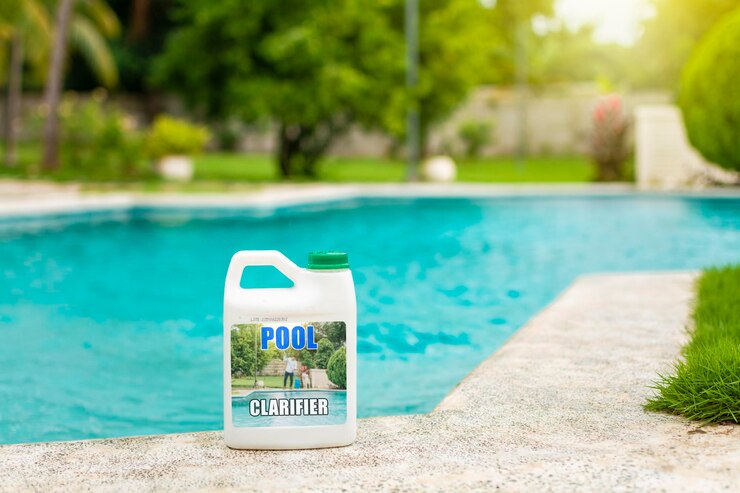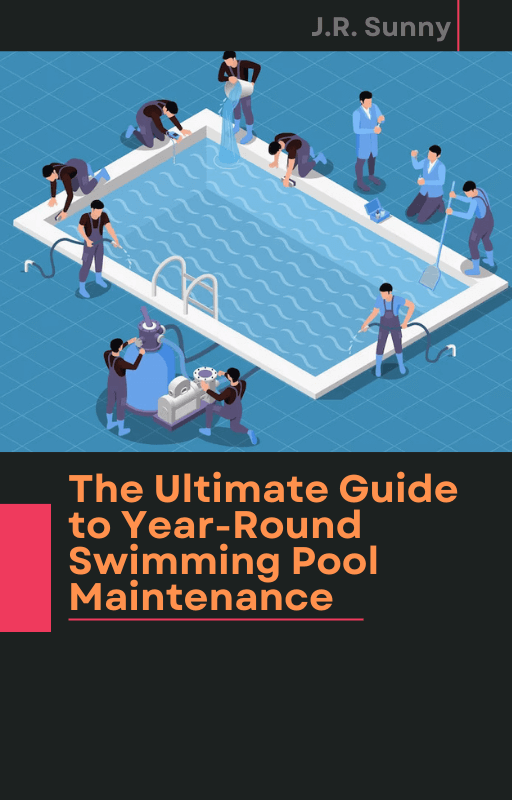Chlorine is a need as long as you have a swimming pool. To maintain a clean pool, chlorine is the only chemical that is effective in killing hazardous germs. Where do you put it in practice?
Surely, you’ve figured out that there’s more to it than just dropping some powdered thing into the pool and hoping it fades before your next dive.
Based on your pool’s size, what dosage should you use and how should it be administered? This article will show you how to add liquid chlorine, factors, and how much chlorine for a 5000-gallon pool. So, you can ensure that your water is clean before the next dive.
How Can You Add Chlorine to Your Pool?
To make things even easier, you should know that liquid chlorine is one of the easiest chlorine products to use in your pool. This makes it simpler for you to choose the appropriate gallon size for your pool because they are typically sold in measured quantities.
Because liquid chlorine can be simply connected to your mechanical chlorinators, you may not need to watch the entire chlorine maintenance procedure, since it will be done automatically.
The Factors That Affect the Quantity of Chlorine Need for Your Pool
- The Form of Chlorine Comes
There are varieties of ways to add chlorine to a pool. Depending on the manufacturer, these can be purchased in sticks or tablets. Shock chlorine, on the other hand, can be purchased in granules or even as a liquid. If you’re unsure of the correct dosage for your pool, check the manufacturer’s website before using any of these chlorine sticks, tablets, or granules.
- Size of the Pool
When it comes to size, it’s more about the volume of water the pool can hold. 5,000-gallon pools just need one tablet or stick of chlorine every week, for instance. If you don’t know how many gallons your pool can hold, you can just calculate it.
The first step is to multiply the length, breadth, and average depth of each object. Divide the result by these two numbers: 5.9 for a round pool, 6.7 for an oval pool, and 7.5 for a rectangular pool are all examples of this.
- The Temperature of Pool Water
A higher concentration of chlorine is needed to maintain a clean environment in hot water since it is more likely to be contaminated by algae and bacteria.
The temperature of the water also influences the reaction time of the pool’s chlorine; hotter water has a shorter reaction time than cold water. As a result, a heated pool requires extra chlorine.
- The Materials
Chlorine can eliminate microorganisms, but some types of it can damage a pool over time. This is especially true for granulated shock chlorine, which should only be used in white plaster pools.
Grass granules will sink to the bottom of the pool if they aren’t thoroughly dissolved. As a result, pinholes form in vinyl-lined pools, or the colored plaster finish is bleached away completely.
- The Number of People
Chlorine is used to eliminate bacteria in the pool and maintain it clear. More bacteria are introduced to the pool as the number of individuals increases. A higher dose is therefore required if the pool is being used more frequently.
Is It Possible to Shock a Pool With Liquid Chlorine?
If you want a decent pool shock, you can only use water as a sucker. Use only as much pool chlorine as is necessary for the bucket.
For every 10,000 liters of pool water, you’ll need one liter of liquid chlorine. Lay it out along the pool’s edge, starting at the deepest end and working your way toward the shallow end.
How Much Chlorine Do You Need to Put in a 5,000 Pool?
You don’t have to worry about overdosing on liquid chlorine since each gallon includes a predetermined amount of the chemical. Because it’s a non-flammable liquid, using it is risk-free.
This is because the chlorine concentration may be slightly different when the filter is running when adding chlorine to the pool. Chlorine should be added to water at a rate of 0.00013oz per gallon. Therefore, for a 5,000-gallon pool, you’ll need 0.65 ounces of chlorine.
Final Words
Before adding chlorine, you must know how much water is in your pool. Make sure the pool’s current chlorine level is checked with a pool chlorine test strip. The breaking point for green algae growth is 30 ppm, and chlorination at this level is suggested.
More mixed chlorine can be created and the condition worsened if the dose is smaller than the breakpoint dose.

